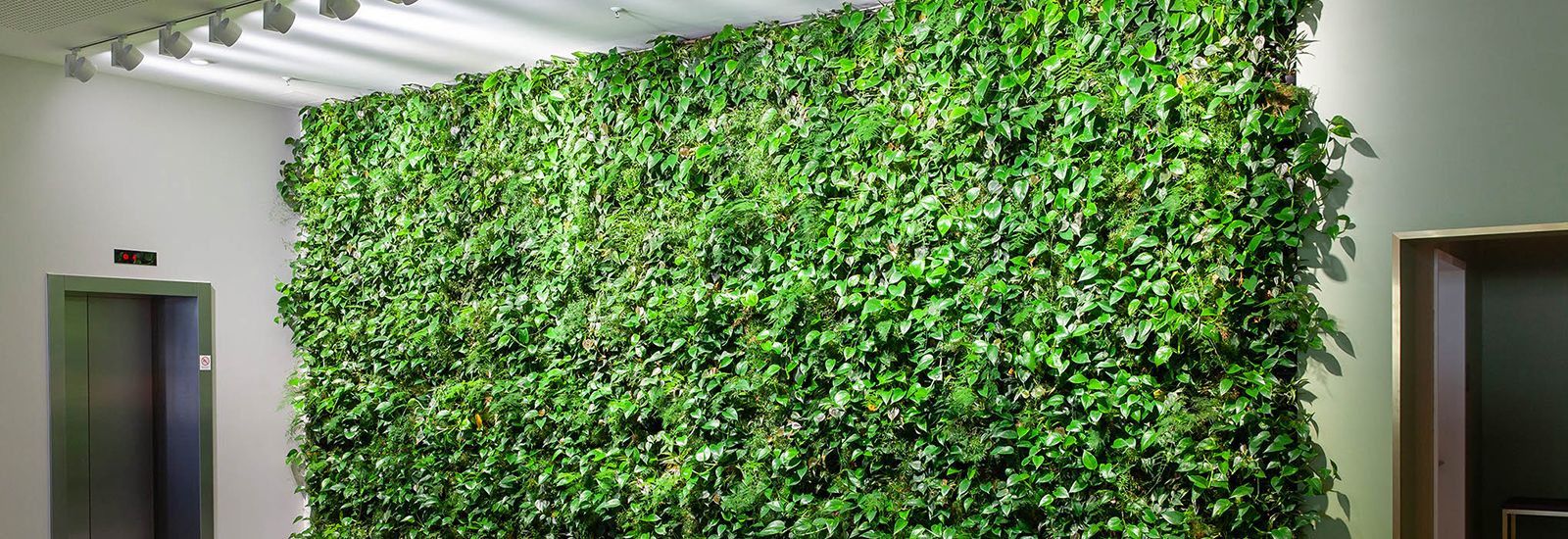LEED: Sustainable qualities of the design, realization and management of buildings
15 June 2020What is a LEED certificate?
LEED stands for “The Leadership in Energy and Environmental Design”. It is a method for assessing the sustainable qualities of building design, construction and management. The method was created in 1998 and developed by the U.S. Green Building Council (USGBC), a non-profit organization in which all sectors of construction are represented. LEED is the international sustainability label that assesses buildings worldwide on five environmental themes: Sustainable location; Efficient use of water; Energy and atmosphere; Materials and resources and Quality of the indoor environment.
LEED awards points to each feature in different building categories that qualify as “green”. LEED is explicitly based on US regulations and US references. The mark is recognized in the United States as proof that the building is environmentally responsible. Depending on the point score, the following ratings can be obtained: Certified, Silver, Gold and Platinum. The program is based on the BREEAM method.
Global sustainable building
There are currently over 100,000 certified buildings worldwide and an average of 170,000 square metres of buildings are certified every day. LEED is the most commonly used third party verification for sustainable and ecological buildings.
How does it work?
Any type of building, from a single house to the largest office buildings, can be certified. Both new construction and renovation or transformation of existing buildings. You “earn” sustainability points on the above five environmental themes. Based on the amount of sustainability points you earn, you will then receive one of the four LEED degrees: Certified (40 to 49 points), Silver (50 to 59 points), Gold (60 to 79 points) and Platinum (80 points or more). Platinum is the highest attainable certification.
What is the aim of LEED?
The aim is not to amass points, but to build a sustainable society. LEED certification is a means of improving construction, design process and policy and standards. Buildings that have received LEED certification demonstrate that they use raw materials and materials efficiently, use less water, use less energy, reduce CO2 emissions and are also more cost-effective. It is a win-win situation on all fronts and for all stakeholders.

What is the difference between LEED and BREEAM?
LEED has been based on BREEAM. BREEAM’s certification requirements are tailored to fit local and regional parameters whereas LEED applies one international standard derived from American regulations. For example, under BREEAM quality certification, comparable buildings in the Netherlands and Germany can receive different ratings as criteria are set by local parameters. This is not the case with LEED. BREEAM is widely used in the UK and Dutch marketplaces. LEED has particular favour from companies headquartered in the United States.
Comparing LEED and BREEAM
Both standards are assessed slightly differently in the UK. In the case of BREEAM, third-party certification involves the checking – by impartial experts – of the assessment of a building or project by a qualified and licensed BREEAM Assessor to ensure that it meets the quality and performance standards of the scheme. With LEED certification, each assessment category is independently assessed by a different assessor.
Mobilane UK are in ongoing discussions with the Building Research Establishment who manage and deliver BREEAMM certification and training in the UK.
Read more about BREEAM-UK certification here.



